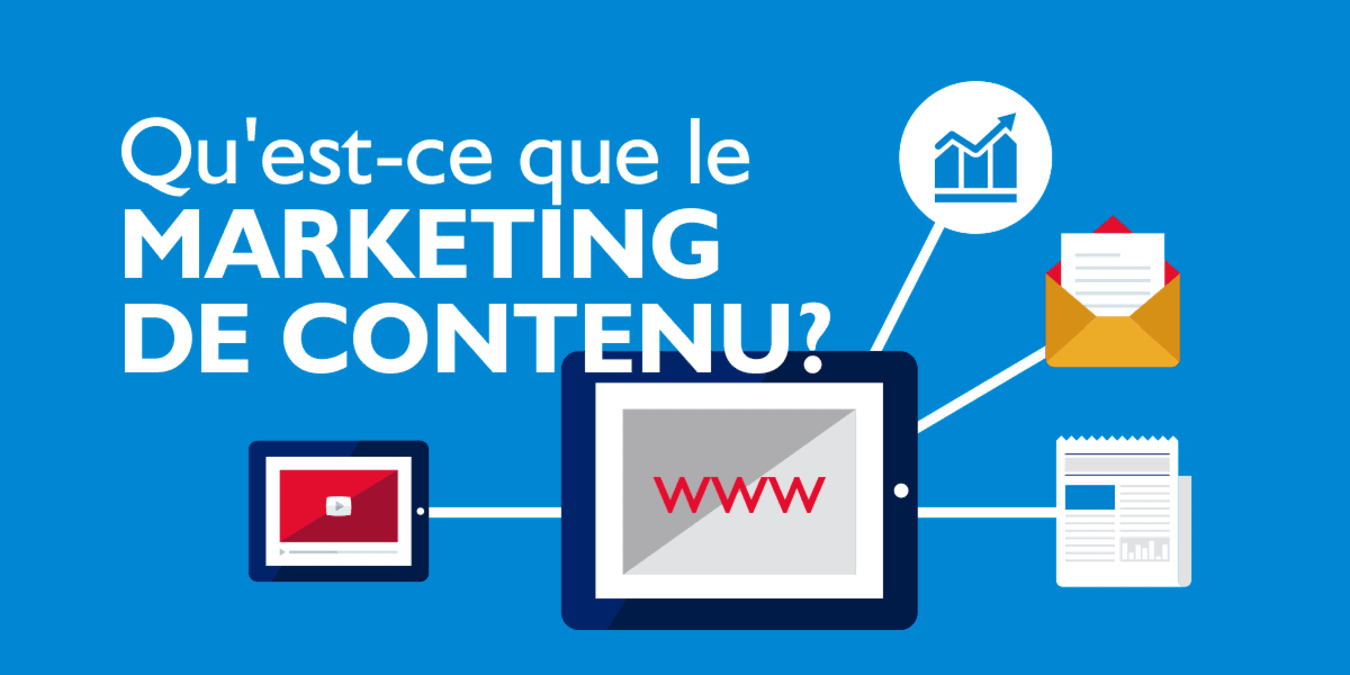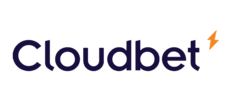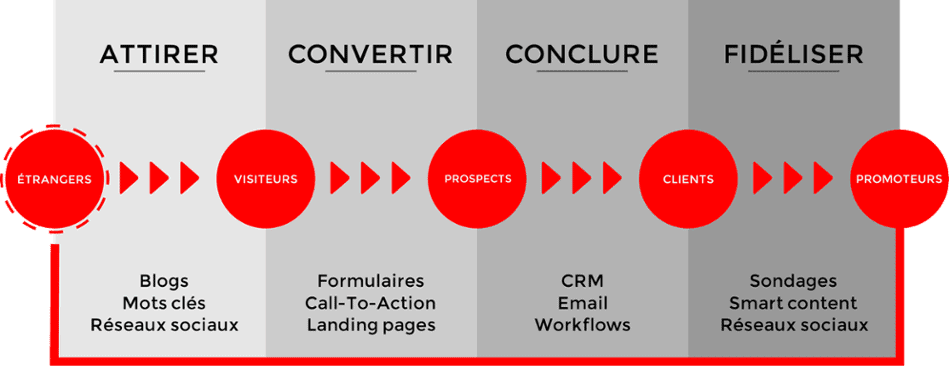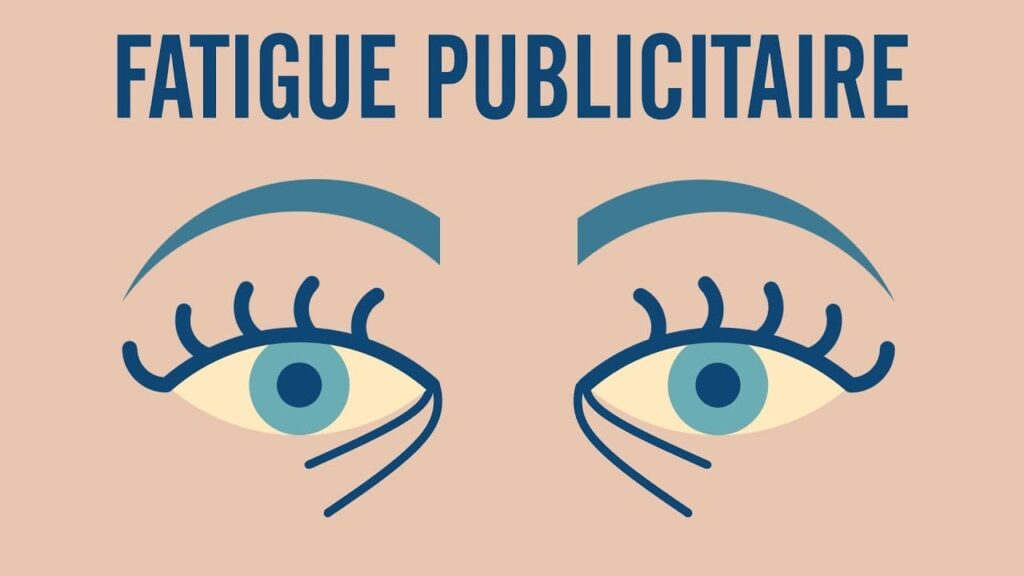What is content marketing?

What to know about content marketing? Content marketing is a process of consistently publishing relevant content that audiences want to consume in order to reach, engage and convert new customers.
This implies that brands act more like publishers. They create content on channels that attract visitors (your website). Content marketing is not the same as marketing with content. He is customer-focused, addressing their important questions, needs and challenges.
Content marketing creates a financial asset. It allows businesses to reach, engage and convert customers they would never have seen before by using the keywords customers use and creating the content they consume on your own website to respond to these questions.

Get 200% Bonus after your first deposit. Use this promo code: argent2035
This type of marketing represents the gap between what we produce as brands and what our audience is looking for. This leads to quantifiable business value.
In this article, I will give you the definition, why many big companies use it to generate more ROI from their marketing. And why you should start using it right away!
But before you start, here is a training that allows you improve your conversion rate on your online store.
🥀 What is content marketing?
Content marketing is the process of creating content valuable and relevant to attract, acquire and engage your audience. Today's buyers and customers are inundated with marketing messages more than ever.
This creates an environment of attention scarcity, challenging marketers to produce engaging content that doesn't get lost in static.
A well-designed content marketing strategy puts your business in the position of a thought leader. It creates a preference for your brand while informing and educating buyers. Providing useful and entertaining content can strengthen the bond between your brand and your customers.
Traditionally, marketers have had to "paying attention" to other people's media by posting advertisements on websites, booths at trade shows, or emailing to third party lists.
For example, When a brand pays millions of dollars for a Super Bowl ad, it's praising the attention that TV networks have built. Content marketing allows marketers to become publishers.
By creating and distributing content that buyers find useful, marketers increase awareness and preferences by building trust with consumers throughout their journey through the sales funnel.
Additionally, this type of marketing is considered a less expensive strategy that others. This may have a slightly slower start while your content library grows and reaches a wider audience.
🥀 The business advantage of a content marketing strategy
Unlike other approaches, there is something special that makes content marketing the best modern marketing method: it is sustainable.
When done right, it delivers the benefit of exponential growth, building brand awareness and trust, winning leads and convincing leads, and attracting your customers, helping to build a loyal base of brand advocates.
Once you have launched your content marketing strategy, this snowball effect positive is in action. Your brand presence becomes bigger and more impactful. It becomes easier to achieve your marketing goals with future content.
This contrasts with traditional marketing. Advertising, even with today's sophisticated digital ads, can create overexposure. Audiences become saturated with brand promotions that offer no real value to the people you're trying to build customer relationships with.
✔️ Content resonates, advertising saturates
A critical factor in your content marketing is relevance. What are the challenges, problems and needs of your customers? This is what you should be writing about, not producing an advertisement for your brand. Well-written, insightful content engages your audience and positions you as a thought leader.
On the contrary, advertising, even digital, leads to overexposure and saturation. You haven't tried to build a relationship with your audience. Instead, you've only captured a story about your brand as a star with no room for the real hero, your customer.
In short, good content is "a vehicle that can get us out of pangs of disease of the " death by SPAM » which still persists in many marketing organizations.
🥀 Common Problems Content Marketing Can Solve
Content marketing is a very unique approach to engaging with potential customers in the digital space. Here are some problems solved by this type of marketing:
✔️ I need to increase the volume of my organic search
Your audience can't buy from you if they can't find you. Today, buying cycles start from a search engine. Furthermore, according to Kuno Creative, 51% of content consumption comes from organic search, so content marketing is a great way to build organic awareness.
When your valuable content ranks well on search engines or is widely shared on social media, you're building brand awareness at no cost. And since your content will only be shared if it's relevant, your audience will be less likely to ignore it.
✔️ I need to create a preference for my brand
Content marketing engagement creates preference through thought leadership by making you a trusted source of information and education.
You can also build preferences through relationships, which are strengthened every time your content entertains or helps your buyers. People are more likely to buy from companies they have relationships with.
✔️ I have a content marketing plan, but it's not engaging my customers
Content marketing should help your customers, not sell them. When you freely give something so valuable to your audience that they would be willing to pay for it, you build trust, which ultimately is your most powerful selling tool.
✔️ I need to reach more customers, while keeping my costs low
According to a study by Forrester, today's customers distrust and hate marketing that interrupts or intercepts them. Engaging content marketing should be part of a natural conversation with current and potential customers.
It should also be relevant to their interests and behaviors, and build an ongoing story over time. Content marketing pays off over time, this effect multiplies as you grow your content library.

Get 200% Bonus after your first deposit. Use this official Promo code: argent2035
✔️ I don't know how to demonstrate the return on investment (ROI) of my content marketing campaign
In general, content marketing can help increase web traffic, support lead qualification. It also helps convert leads into sales.
🥀 The impact of content marketing on business
So, you might still be wondering why content marketing? Isn't it fair to start a blog once in a while? How do you know that content marketing has a real on return on investment (ROI)?
It is normal to be apprehensive about investing in something that seems hypothetical in nature. But the statistics don't lie. Consider these impressive numbers:
✔️ Web traffic growth
Businesses that blog have, on average, 434% more indexed pages than those that don't. In reality, more content equals more traffic.
✔️ Smaller budget but bigger results
Content marketing generates three times more leads than paid advertising. Moreover, content marketing execution costs more less than any other type of campaign.
✔️ Higher conversion rates
Brands that use content marketing can expect higher conversion rates.
✔️ More chance for your brand to get noticed
Internet users read blogs daily. The more you post on your blog, the more you increase your chances of getting noticed.
✔️ Buyers are looking for content in the decision-making process
Internet users prefer to learn about brands through articles rather than ads. The truth is, B2B buyers are consuming three to five contents before making the purchase.
✔️ Opinion Leadership
Developing a library of credible content that signals your authority and expertise attracts decision makers. In fact, thought leadership convinces buyers to buy a product or service they never thought of before.
Numbers don't lie. This is just a short collection of what you can expect when giving your content marketing a boost. You can enjoy these benefits and more.
However, you need to start with a strategy, discern what content marketing means for your business, and how you are going to go about being intentional with what you produce and disperse.
🥀 The components of content marketing
Content marketing can take various forms. To get it right, you'll need to figure out what type of content your potential buyers prefer to consume.
✔️ Blog posts
Distill your content marketing strategy into your blogging timeline or strategy. The company blog can and should be used to cross-promote other content. This will help keep posts on a consistent schedule.
If you don't have a member of the marketing team familiar with search engine optimization (SEO), this is an area you might want to consult a professional.
✔️ E-books
The eBook content should follow some kind of narrative structure and include lots of good visual designs. The goal of an ebook is to educate, but it's important to keep language consistent with your brand voice.
✔️ Videos
The trick to using video effectively as part of a content strategy is to keep it as timeless as possible so that you're not forced to spend time and money creating more. High-quality video content can also be used to expose your brand to the large and active audience.
✔️ Infographics
Use as little text as possible and let the images tell the story. If you don't have an in-house graphic designer, find a freelancer who can create something beautiful and informative.
✔️ The cheat sheets
These are short, two or three pages to the maximum. This means there won't be much room for large images. So you will need to use text formatting to make them easy for a reader to skim quickly.
✔️ Workbooks and templates
These resources are great ways to keep your brand in front of shoppers while still informing. They should be designed for print and made as interactive and convenient as possible.
✔️ White papers and reports
These documents are similar to an e-book in that they are primarily educational. But white papers and reports are generally less graphically designed and use a bit more professional language. They can also create partnership opportunities with other organizations.
✔️ The slides
Slide decks are a great format for breaking down complex ideas into simple steps or chunks. Keep slides simple: use minimal text in a single font and large graphics throughout.
Case studies
Build case studies with real numbers and complete stories. This will help you keep content focused on value and results, not brand.
Demos
This is where a free assessment, assessment or trial works well to start the dialogue and begin to fully qualify your most interested prospects.
If you have an e-commerce based product, you can use a discount code to use at the time of transaction to establish some urgency around the purchase.
🥀 Distribution channels
Possesses : sharing your content on the brand's social media channels is a fast, customizable and free opportunity to connect with your target audience.
Organic : incorporate some of the best SEO practices into your content. This will help you make a good impression with Google and move your website up in the rankings. The strength of a good marketing strategy The goal of content is to provide the information and answers your target audience is looking for, so make sure they can find them.
Paying: most social networks allow some sort of paid advertising. Matching a network's demographics with your brand personas will help you determine where to invest.
Won : It is the most valuable, but the most difficult to create. Earned social media promotion happens when your audience chooses to share your content with their network.
🥀 What content marketing is not
When using content marketing, it's important to understand what it is. With that in mind, content marketing isn't just about pieces of content, there are many more.
✔️ It's not more "trick"
Where a lot of brands go wrong with content is that they fail to get the strategy part right, triggering content campaigns without the direction it should take the business and without understanding who the content is for. destined.
Without a strategy, you can end up with a promotional video that looks more like a promotional ad for your business. A promotional video, however high-quality the video production may be, is not a useful piece of video content designed to resonate with a target group at a specific stage of the buyer's journey, and which is connected to the other. content within your strategy.
✔️ A blog is not a content marketing strategy
Yes, Blogging is very important in content marketing, but just having a blog doesn't make you a content marketer.
It's part of the equation, but not the only aspect. Content marketing is about providing information, and this can happen in many formats and channels. The central theme of this information is that it is useful to its target.
Only when business blogs are structured like publishers – with 3 to 5 key themes and a consistent publishing schedule – that they can be considered the key delivery mechanism of your content marketing.
Content goes far beyond blog posts. It also goes far beyond the digital world. Content is information, but it can be delivered through a myriad of channels. What differentiates this information as content is that it is designed for a specific audience, for a specific purpose.
✔️ This is not an advertisement
The mistake many companies make is that they think all they have to do is create content without direction. In turn, they begin to develop things that go back to the old ideas of advertising.
A video that should explain how to make a customer's life easier turns into a feature ad. This is not the kind of content that will engage your audience.
✔️ It's not about posting on social media
You don't own Facebook, YouTube or LinkedIn. And while these platforms can be useful for sharing your content and spreading your thought leadership on the platforms they use, social media posting itself is not content marketing.
The value of social media is in bringing people back to your website. Social platforms decide which content is shown to which audience. Unless you pay them to target specific people. It's just advertising.
Consider social media as the effective distribution channels in your content marketing strategy.
✔️ It's not pay to play
With content marketing, you own the distribution channels, from your website to your social media profiles to your email list.
You can formulate the flow of the story and build relationships with your target markets. Advertising, on the other hand, is paid. You don't really control where it will appear or who will see it. You simply hand over money to a third party for the rented space.
✔️ It's not meaningless
Think about it. What problem does your Facebook ad solve? How did your company's latest AdWords campaign make a positive difference for your customers? The content is supposed to solve a problem. It’s this genuine intention to help your customers that provides the authenticity that consumers are so drawn to.
Take one more step from creating value to your buyer to creating value for society, and you've landed on the future of content marketing – purpose-driven brands.
✔️ This is not a rented space
Where content stands out is that a brand owns the distribution channels. Advertising, on the other hand, is rented space – you constantly have to buy a media channel to market.
🥀 In short
Content marketing is one of the techniques used to make a website appear among the first results in search engines. This is the principle of SEO, Search Engine Optimization.
The concept is to distribute quality content related to user requests. By positioning yourself on keywords and responding to the topics sought, your business stands out more easily on the internet.
Better referenced, you then gain visibility. The strategy helps build your brand image; you must produce original, non-duplicated content. Other issues lie behind the optimization of your content. They allow you to generate more traffic on the website, develop your online notoriety or even acquire new qualified prospects.
Do you want to get into practice? I leave you with this premium training that allows you to better reference your website or online store.
Leave a comment to tell us about your experience






















Leave comments